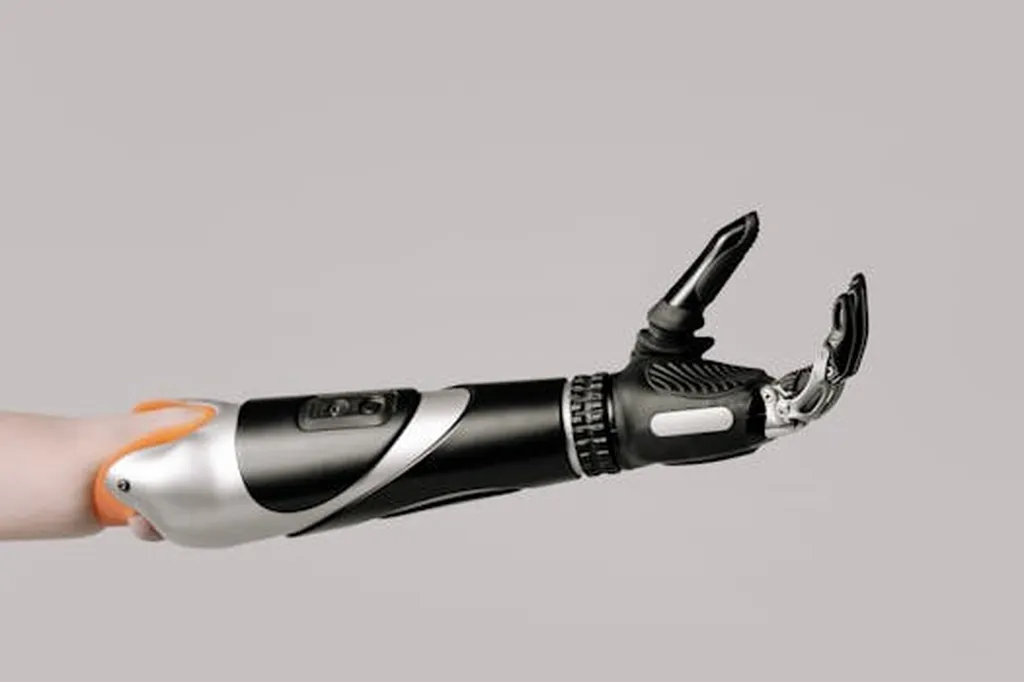In the realm of industrial automation and remote manipulation, precision and responsiveness are paramount. A recent study published in the IEEE Access journal, titled “Enhanced Teleoperation of Robotic Arms Through Master-Slave Configuration With Multithreading,” addresses these critical factors head-on. Led by Ahmad Faiz Fawzan Ahmad Zainudin from the Department of Electrical, Electronic and Systems Engineering at Universiti Kebangsaan Malaysia, the research presents a novel approach to improving the fidelity and responsiveness of master-slave teleoperation systems, with significant implications for various industries, including energy and agriculture.
Teleoperation systems, which allow operators to control robotic arms remotely, are essential in fields ranging from medical surgeries to hazardous environment operations. However, latency issues and differences in design between the master device and the slave robot arm have long posed challenges. “The dissimilarities in design, functionality, and control mechanisms between the master device and the slave robot arm introduce additional layers of complexity, making the operation and synchronization of the system more challenging,” explains Ahmad Zainudin.
To tackle these issues, the research team set out to design a master device that closely replicates the joint configuration and range of motion of the Universal Robot’s UR10e robot arm. They implemented a modified Hiwonder Synchronization Controller to mirror the UR10e’s kinematic structure, integrating six connected potentiometers in series. The system was tested in various tasks, including point-to-point motion and obstacle-constrained tasks, to assess latency, stability, and robustness to sensor noise.
The results were impressive. By applying low-pass filtering techniques to suppress signal noise and multithreading methods to separate sensor polling and data transmission processes, the team achieved a 91% reduction in latency, from an average of 119.0 ms to 10.2 ms. The total system latency decreased by over 85%, from 228.0 ms to as low as 32.0 ms. Stability also saw significant improvements, with peak overshoot on the Y-axis reduced by 98% and steady-state error minimized across all axes.
“The outcomes were visualized using error bar latency plots and histogram latency distribution, confirming improved system responsiveness, reduced jitter, and the elimination of catastrophic delays,” said Ahmad Zainudin. These advancements not only enhance the precision and stability of teleoperation systems but also pave the way for more intuitive and user-friendly designs.
The implications for the energy sector are substantial. In environments where human operators cannot safely perform tasks, such as nuclear power plants or offshore drilling sites, teleoperation systems with enhanced responsiveness and stability can significantly improve efficiency and safety. The ability to control robotic arms with minimal latency and high precision can lead to more accurate inspections, maintenance, and repairs, ultimately reducing downtime and operational costs.
Moreover, the research highlights the potential for wireless communication and haptic feedback integration, which could further revolutionize the field. “Future work will focus on wireless communication, haptic feedback integration, and expanded validation under real-world agricultural conditions,” noted Ahmad Zainudin. These advancements could make teleoperation systems even more versatile and applicable to a broader range of industries.
Published in the IEEE Access journal, which translates to “Access to Information and Electrical Engineering” in English, this research represents a significant step forward in the field of teleoperation. As industries continue to seek more efficient and safer ways to perform remote tasks, the innovations presented in this study offer a promising path forward. By addressing the critical challenges of latency and stability, this research not only enhances the capabilities of current teleoperation systems but also sets the stage for future developments that could transform industrial automation and remote manipulation.

